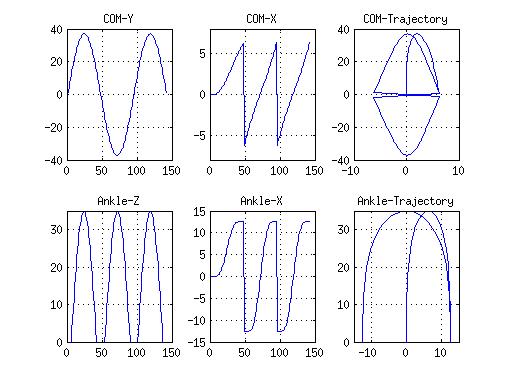

- Webots darwin op cross compile how to#
- Webots darwin op cross compile install#
- Webots darwin op cross compile full#
Run make and build - this'll create a new test program. Finally, look at the libraries we're linking to - we're now explicitly linking to libc.so. This lets the compiler know where to look for things like libraries when building. CFLAGS has some important differences too - take a look at the -sysroot flag. Webots supplies a Makefile.include file common to all platforms, that prepares the building environment for compilation (necessary dependencies): My current makefile, where I set several variables according to MinGW. First, look at the CC variable - we're pointing to a cross-compiler in the buildroot file hierarchy, downloaded when you built your QEMU image. I'm trying to use MinGW to cross compile from Linux to Windows a robotic controller (.exe) for Webots ( simulation software ). Pretty similar to the x86 buildfile, but it has some small, key differences.
Webots darwin op cross compile install#
You could install the cross-compilation toolchains by hand, but it is ever-so-much easier to just let Buildroot do it.Ĭheck out the ARM makefile: BUILDROOT_HOME=/home/cclamb/buildroot-2016.11.1ĬC=$(BUILDROOT_HOME)/output/host/usr/bin/arm-linux-gccĬFLAGS=-sysroot=$(BUILDROOT_HOME)/output/staging Now, one of the really cool things about Buildroot is that it'll download and make available the correct toolchains you need to build software for any image you use it to create. You still need to test on the embedded device, but you don't need to develop on it. Using your workstation allows for faster build/test/refactor loops, allowing you to be more efficient.
Webots darwin op cross compile full#
I usually use this kind of workflow because testing and debugging on a full workstation host is easier than doing it on an embedded Linux device. When you do, you'll see a GET request recorded in the SimpleHTTPServer window, and the test program will return a directory listing of the directory you ran SimpleHTTPServer in. In another window, run SimpleHTTPServer, and then run the new test program. Then, you can run make with this makefile, and you'll build the test program. Replace the IP address in reqeustor.c with your host address. The makefile for the x86 host is pretty straightforward: CC=gcc Python SimpleHTTPServer (run with $ python -m SimpleHTTPServer) runs by default on port 8000. The IP address is the address of my QEMU host, and can be reached either from a program on the QEMU host or from the QEMU guest. I run this with pPython's SimpleHTTPServer to test connectivity.

This is a simple program that will submit an HTTP GET request to a specified IP address on port 8000. We'll build this so it runs on x86, then we'll migrate it to ARM using the buildroot toolchain.įirst, the program itself (requestor.c): #include Ĭurl_easy_setopt(curl, CURLOPT_URL, URL) Ĭurl_easy_setopt(curl, CURLOPT_FOLLOWLOCATION, 1L) This example uses libcurl to post to a URL. We configured SSH so that you can connect to the image, and transfer files to it, too.īut how do you create software that runs on the new image?
Webots darwin op cross compile how to#
In one of my last articles, I showed you how to build an ARM image that you can then run in QEMU.


 0 kommentar(er)
0 kommentar(er)
